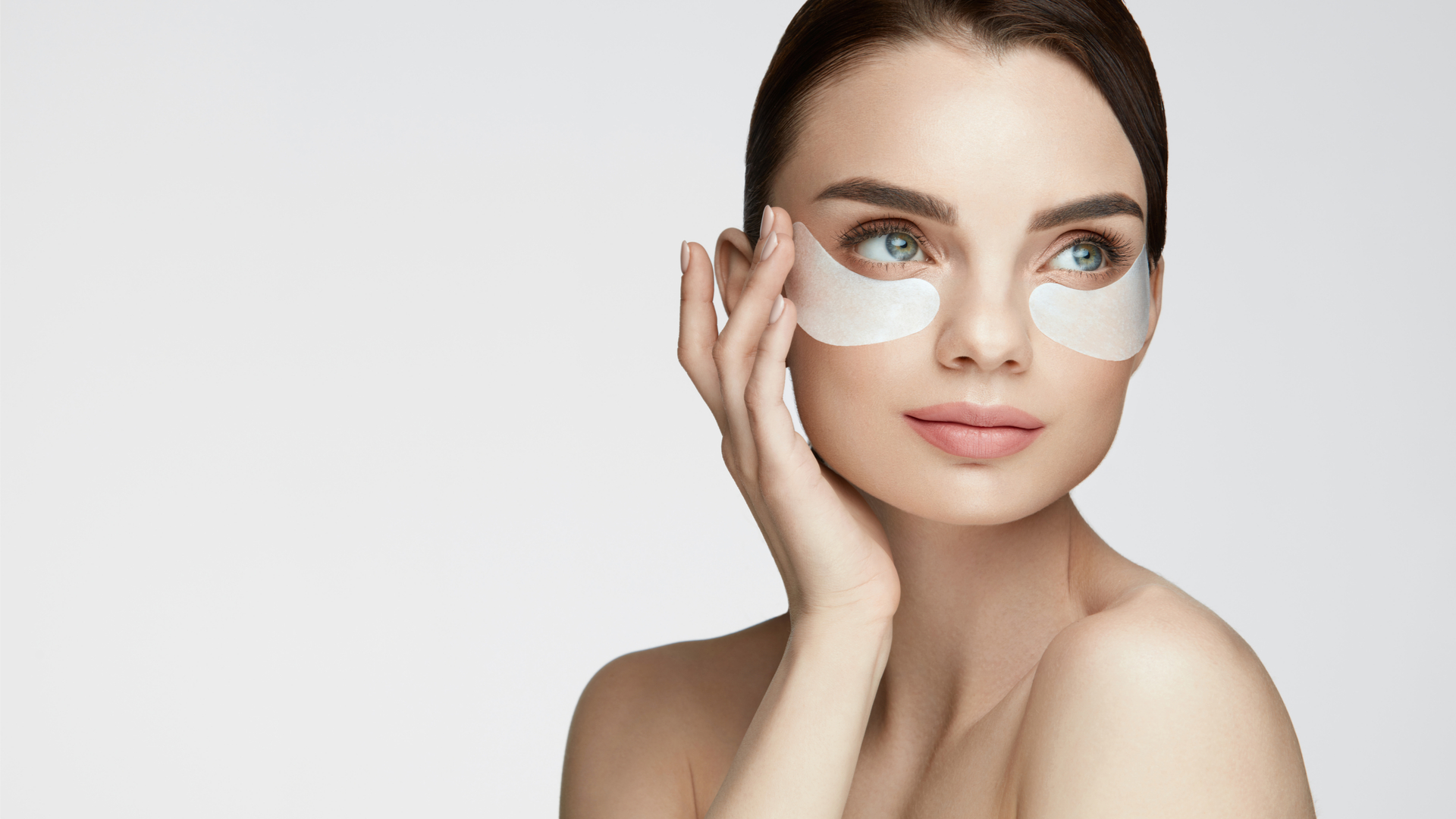Eyes, Face
TREATING DARK CIRCLES: HOW TO GET RID OF THEM.

One can treat dark circles many ways: by proper lifestyle habits, nutrition and cosmetics. But the key to success requires a quantum leap.
There are those who think they add character to the face. But judging by the number of internet searches on how to be rid of them, dark circles are one of the most hated blemishes, both by women and men. They make us look tired and worn out, age the face and give it a drawn look. In short, dark circles are not the flavor of the day.
We try to mask them with concealer, we hide them behind our sunglasses, but we know the time will come to decide to get rid of them. And the sooner the better, because by delaying we risk complicating the solution to the problem.
What are dark circles and what are their causes?
Dark circles are dark bluish halos that form in the suborbital area. There are several types. Temporary ones, we don’t have to worry about too much; more stubborn ones, but treatable if we change our habits; pathological ones, which are more difficult to cure; and lastly congenital ones, which can be attenuated or eliminated only with via fillers or micro-surgery.
All these dark circle types have one aspect in common. Whether they depend on skin hyperpigmentation, skin that is too thin or a lack of red blood cells, their fate is to worsen over the years. The fatty tissue of the sub-ocular area progressively thins to create a groove which will eventually become irreversible.
Often the appearance of dark circles is a warning our body is under stress.
A sleepless night, a cold, the flu or another seasonal ailment, or your period. In many situations, it is normal to wake up with under-eye circles. Not to worry: just like they came, so they go away.
It is permanent dark circles we must worry about, because they are a warning our body is under stress. Often the culprit is a bad habit that reveals a latent genetic predisposition.
Insufficient sleep.
Perpetually dark circled-eyes are a typical indication of a sleep disorder. If sleep is insufficient, water will stagnate in the peri-ocular area, together with the formation of small hemorrhages: these are the dark halos one sees under sleepless eyes. The solution is quite simply adjusting one’s sleep routine to include a minimum of 7 hours’ shut-eye.
Exposure to heat sources and to the sun.
People suffering from capillary fragility know dark circles are very heat-sensitive. Be careful to wash your face with cold or warm – not hot – water. In summer, try to avoid solar exposure without sunscreen or solar protection: in addition to aging the skin, they favor capillary breakage.
Bad nutrition.
If dark circles are caused by an underlying pathology, an incorrect diet can only accentuate them. For example, coffee and tea are harmful to those suffering from anemia because they hinder iron absorption. This will further affect dark circles, which are already very evident in those with a shortage of red blood cells.
Conversely, some foods help keep dark circles under control. First and foremost, vitamin C-rich foods such as oranges, lemons, kiwis, broccoli, and blueberries. Ascorbic acid is a panacea for the skin: it protects its microcirculation, stimulates collagen synthesis and tones blood vessels.
Dehydration.
Although doctors are constantly reminding us to hydrate, the amount of water we drink daily is almost always insufficient. Dark circles are a litmus test for dehydration: they stand out more when our water intake is below par. In this case, attenuating them is simple: just hydrate regularly, bearing in mind our daily requirement varies between 2 and 3 liters.
Remedies for treating dark circles.
So far we have talked about preventive or passive defense against dark circles. The first line of treatment for circles are home remedies, solutions that have effectively passed the test of time. Home remedies are particularly useful in determining which category our dark circles belong to, i.e. if you only need a decongestant due to transitory fatigue, or if the problem is more complicated.
Compresses. Boil half a liter of water, then let it cool for two minutes. Add some herbs (rose petals, mallow, chamomile or rosemary) and infuse for 4 minutes. Now filter the water, dip a cotton pad in the infusion and apply it to the eye contour area.
Teabags are also very effective, due to tea’s astringent and anti-edema properties, and has the advantage of being practical: just dip the teabag for a moment in a glass of cold water, squeeze it and apply to the under-eye for the about 15 minutes.
Cucumber slices. Cut two thin slices of cucumber, let them cool in the freezer and then apply them over the eyes for 15 minutes. Cucumber has known decongestant, moisturizing and anti-inflammatory properties, and rarely disappoints: dark circles fade and your eyes are no longer hooded.
Cosmetic treatments for dark circles.
The cosmetic industry offers an arsenal of specific products for the topical treatment of dark circles, available in the form of creams, serums, gels that are applied by hand, or by roll-on applicators. The use of under-eye fabric masks is also increasingly widespread.
Obviously, the basic ingredients of the product will vary according to the etiology of the dark circles. There are some based on vitamin C, designed to strengthen the microcirculation. Others based on antioxidants, and some contain lightening substances, such as kojic acid, which inhibits melanogenesis.
